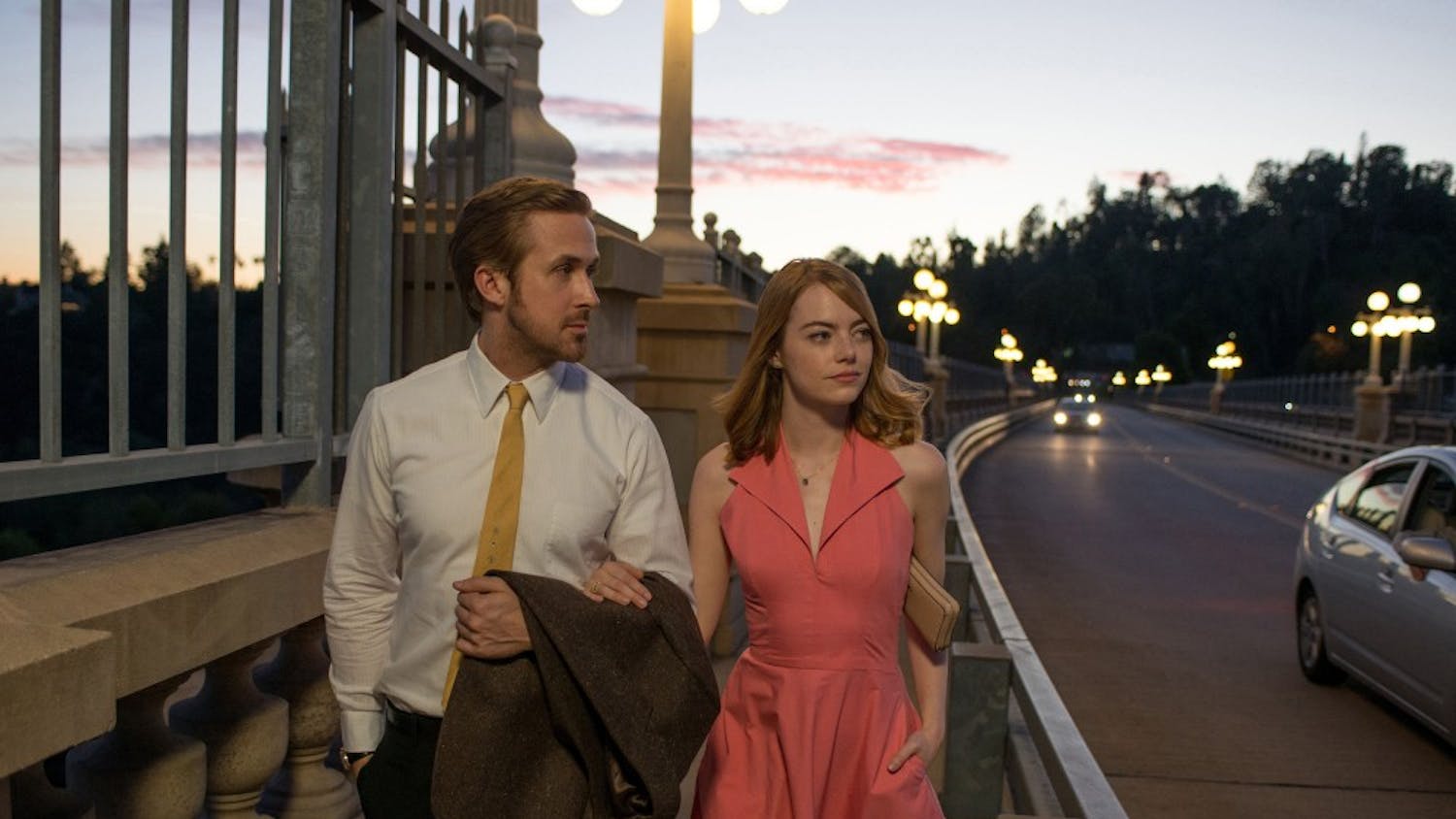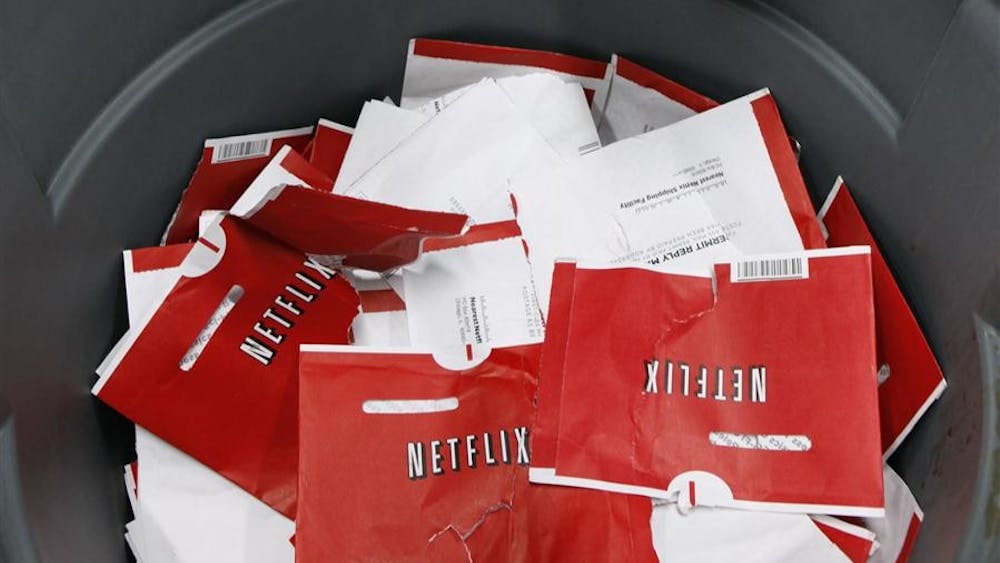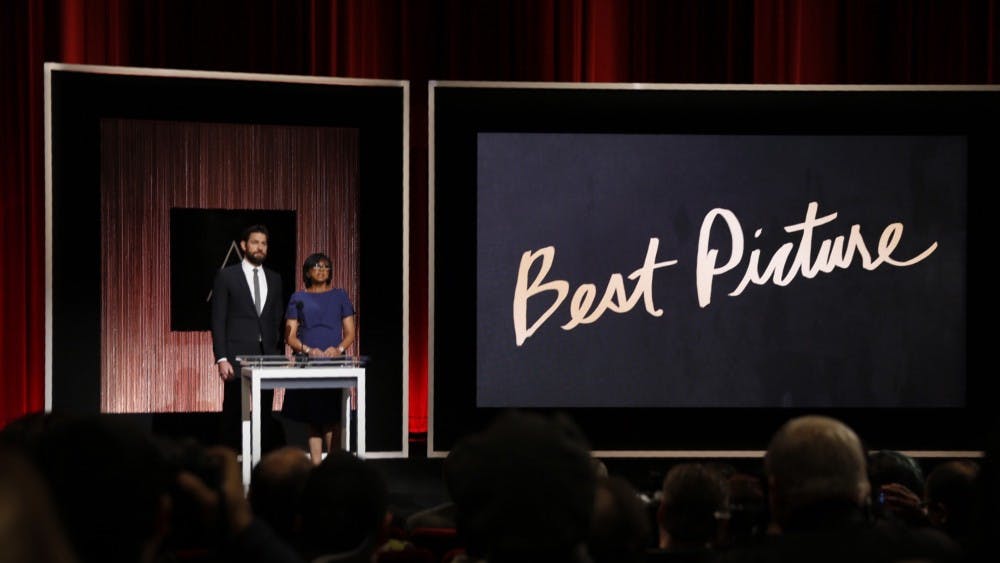One of the biggest complaints about today’s mainstream rap from the underground scene and hip hop heads is that it is shallow and has strayed too far from its roots.
These complaints stem from the fact that there are fewer and fewer mainstream rappers talking about real issues and delivering lyrics with substance. They have somewhat of a case. Of all the songs on the Billboard Rap 100 right now, only two have an actual storytelling element, and even those are still party songs, given the beats and hooks. The others are about the same old thing— bitches (not to be confused with women), the club, alcohol, being high on something, designer clothes, chains, and expensive cars.
Although I see the reasons for the critique of mainstream rap by hip hop heads, their assumption that party rap is not part of real hip-hop does not ring true. Hip-hop does not have a singular origin. It is more the product of a bunch of jumbled ideas and motives. Some of it was influenced by poets and spoken word artists like Gil-Scott Herron and his groundbreaking piece, “The Revolution Will Not Be Televised.” Some of it was influenced by the Five Percenters and their spread of Black Nationalism through complex wordplay. But other parts of it developed from kids experimenting with new sounds so they would have something to dance to at house parties. Party rap is very much a part of the fabric of hip hop and shouldn’t be completely discounted.
The problem comes in when the only rap in the mainstream is the party rap that’s selling images of ignorance, decadence, drug and alcohol abuse, crime, and misogyny. One thing we can agree on about the roots of hip hop is that it was a vehicle for black self-expression in a system that didn’t allow for much of that.
Urban youth created their own sounds, spread their original ideas, and reported on the world around them as it looked from their view. When that element of self-expression is lost and artists are only parroting what other artists say because the model makes money, the art of it is lost. Lauryn Hill rhymes in “Superstar” from her album Miseducation, “Hip-hop started out in the heart, now everybody’s trying to chart […] Music is supposed to inspire. How come we ain’t getting no higher?” She laments that the business of music has ruined the music itself, and it isn’t serving its original purpose, which is to be innovative, and to inspire those who listen to it.
Hip-hop is one of the few areas of pop culture dominated by people of color. Mainstream rap artists are the ones who form the Black narrative in America and represent the community in broader society. Rappers have a larger audience than Toni Morrison, Spike Lee, and W.E.B. Du Bois will likely ever have, and they choose to use this platform to tell stories about “Big Booty Hos.”
There is a place for ignorant party music with no substance. No one wants to dance to a Talib Kweli song at KOK. However, the party music should not take up so much of the mainstream that real music with a substantive message is completely pushed out.
Hip-hop started out in the heart
Get stories like this in your inbox
Subscribe





